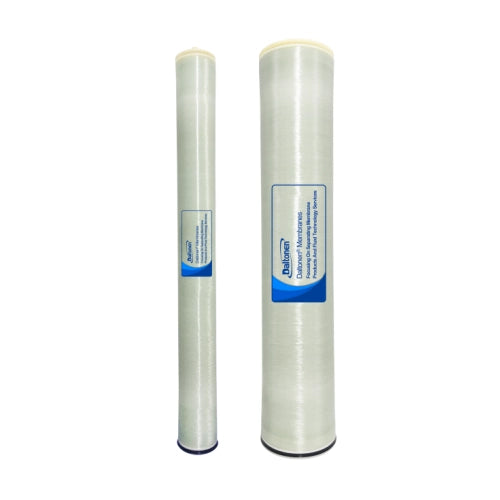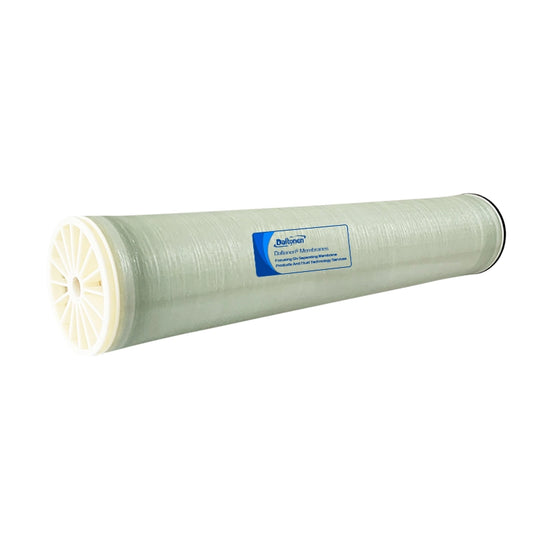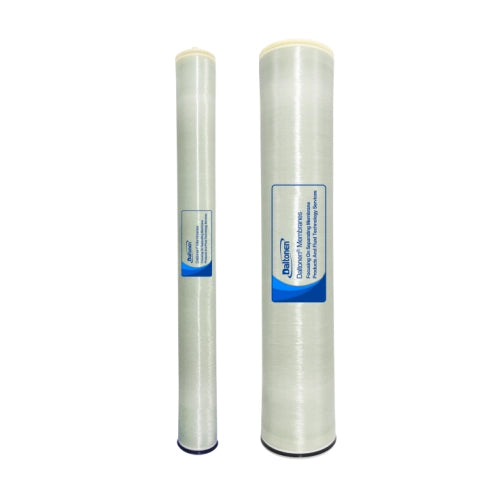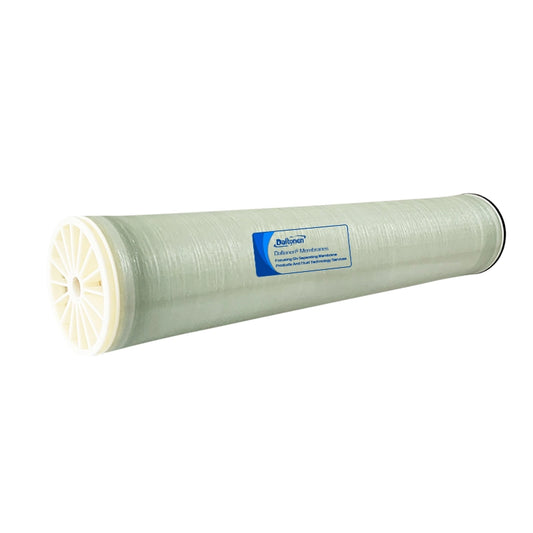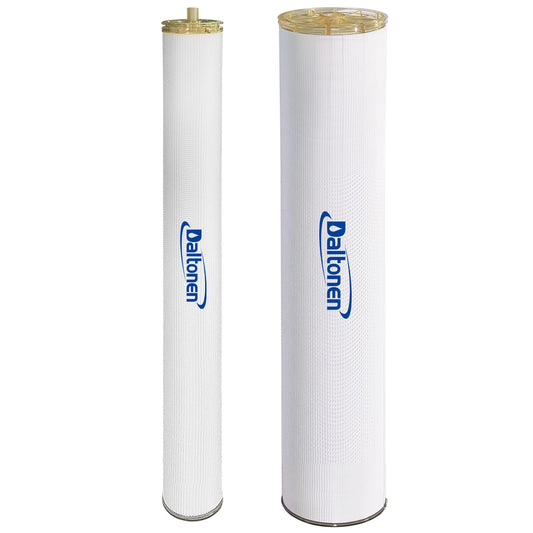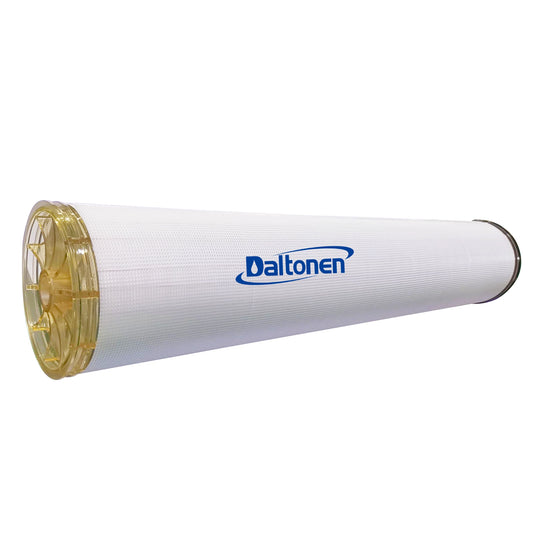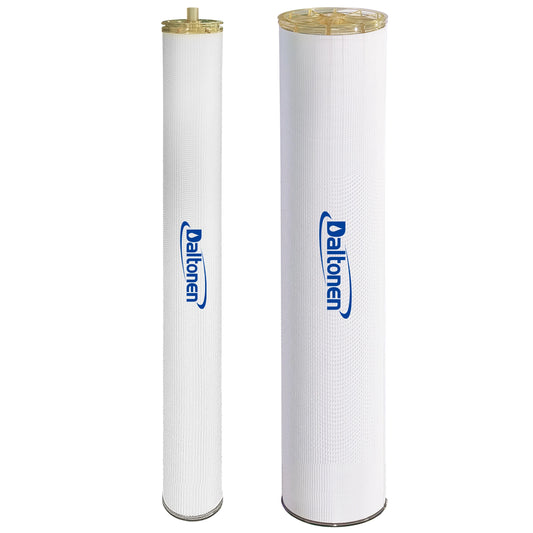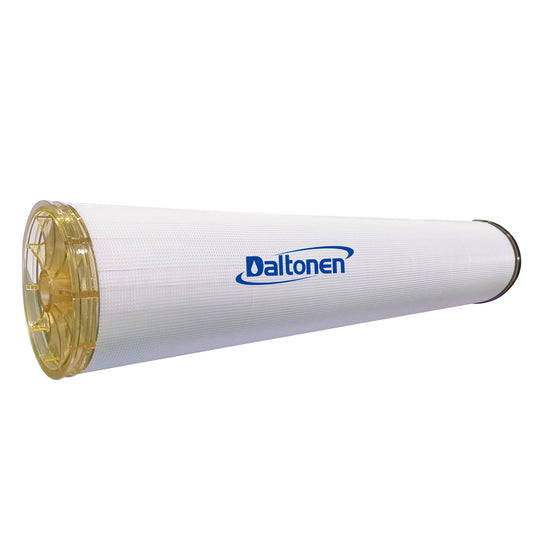Treatment and Disposal of Reverse Osmosis Concentrate from Municipal Water Treatment Plants
Treatment and Disposal of Reverse Osmosis Concentrate from Municipal Water Treatment Plants
Below are the current mainstream and cutting-edge technological pathways for concentrate treatment, explained in a clear, logical sequence.
I. Core Treatment Approaches and Technology Selection
There is no "one-size-fits-all" solution for concentrate treatment; it typically requires combining multiple technologies based on the specific situation. The selection logic can follow this decision flowchart:
flowchart TD
A[RO Concentrate] --> B{Treatment Objective &<br>Discharge Conditions}
B -- Lowest Cost<br>(Discharge Permitted) --> C1[After Pretreatment]
C1 --> D1[Direct or Blended Discharge<br>(to WWTP/Water Body)]
B -- Reduction/Reuse<br>(Increase Recovery Rate) --> C2[Advanced Concentration Processes]
C2 --> D2{Membrane / Thermal}
D2 --> E1[Higher Pressure RO<br>(DTRO/STRO)]
D2 --> E2[Electro-Driven Membranes<br>(ED/BMED)]
D2 --> E3[Forward Osmosis<br>(FO)]
D2 --> E4[Evaporation/Crystallization<br>(ZLD)]
B -- Zero Liquid Discharge<br>(Most Stringent Standard) --> C3[Evaporation Crystallization/<br>Solidification]
C3 --> D3[Produces Distillate<br>& Crystalline Salts]

Now, let's delve into the core technologies at each stage shown in the diagram.
1. Discharge or Reuse Pathways (Managerial measures, lower cost)
These methods dispose of the concentrate without altering its properties, through dilution or finding suitable outlets.
-
Direct or Blended Discharge:
-
Direct Discharge: Discharging concentrate into the municipal sewer (to the wastewater treatment plant) or a nearby water body (river, ocean). This is the simplest method but faces the strictest restrictions.
-
Key Challenges: The high salinity of the concentrate can inhibit the biological treatment processes in municipal WWTPs, and the total salt discharge is strictly regulated. Discharge into water bodies requires assessment of the impact on aquatic ecosystems.
-
Applicability: Typically only applicable where the source water itself is low-salinity potable water, concentrate volume is small, or where environmental capacity is large (e.g., near the ocean with deep-sea diffuser discharge).
-
-
On-site Reuse:
-
Methods: Using the concentrate for on-site processes with lower water quality requirements, such as landscape irrigation, floor washing, fire-fighting water, or pretreatment units (e.g., backwash water).
-
Advantages: Achieves internal water resource recycling, reduces external discharge volume and water intake.
-
Note: Potential issues like scaling, corrosion, and biofouling need consideration.
-
2. Advanced Concentration Processes (Reduction & Resource Recovery, Technological Core)
The goal is to further concentrate the brine, reduce the volume of liquid requiring final disposal, increase the overall system recovery rate, and sometimes recover resources.
-
Higher-Pressure Membrane Technologies:
-
Disc-Tube RO (DTRO) / High-Pressure RO (HPRO): Uses membrane modules and systems capable of withstanding higher pressures to reconcentrate the RO concentrate. Can recover 60%-80% more water, producing a more concentrated brine. This is a key step for water resource recovery.
-
Electro-Driven Membrane Technologies (ED/BMED):
-
Electrodialysis (ED): Uses an electric field to drive ions through selective ion-exchange membranes. Highly efficient for concentrating high-salinity water and less susceptible to organic fouling.
-
Bipolar Membrane Electrodialysis (BMED): A very promising resource recovery technology. It can convert salts in the concentrate into acids and bases. The produced acid and base can be reused in the plant's own pretreatment processes, achieving "waste-to-resource."
-
-
-
Thermal Concentration Technologies (Key step towards ZLD):
-
Mechanical Vapor Recompression (MVR): Currently the most energy-efficient thermal concentration process. It uses electrical energy to drive a compressor, which compresses and heats the generated vapor, reusing it as the heat source. Its energy consumption is much lower than traditional Multi-Effect Evaporation. Can concentrate brine to near saturation.
-
Membrane Distillation (MD): Utilizes the vapor pressure difference across a hydrophobic microporous membrane as the mass transfer driving force. Theoretically achieves 100% rejection and can utilize low-grade heat sources.
-
3. Final Disposal Technologies (Zero Liquid Discharge or Near-ZLD)
This involves the final disposal of the ultimate concentrate or crystallized salts after advanced concentration.
-
Evaporation Crystallization (The ultimate method for ZLD):
-
Evaporates the saturated concentrate from thermal processes, causing dissolved solids to crystallize and form solid salt residues. This process produces distillate and mixed crystalline salts.
-
Challenges: Extremely high capital and operational costs. The resulting mixed salts are generally of low purity, often classified as solid waste requiring landfill disposal, posing environmental risks.
-
-
Deep Well Injection:
-
Injects the concentrate into deep geological formations isolated from freshwater aquifers.
-
Applicability: Requires very specific geological conditions to ensure no contamination of underground drinking water sources. Less applied domestically with extremely stringent regulations.
-
II. Typical Case Analysis: Combined Process Trains
Real-world projects often use a combination of "Pretreatment + Advanced Concentration + Final Disposal."
Case: A Coastal City Water Treatment Plant (using brackish water or reservoir water as source)
-
Goal: Increase recovery rate, reduce discharge load to the sea.
-
Process Train: RO Concentrate → Pretreatment → HPRO → Concentrated Brine discharged to sea via outfall.
-
RO system recovery rate increased from 75% to over 90%.
-
The more concentrated brine from HPRO is discharged utilizing the sea's strong dilution capacity.
-
Case: An Inland Region Water Treatment Plant (Environmentally sensitive, requiring ZLD)
-
Goal: Achieve Zero Liquid Discharge.
-
Process Train: RO Concentrate → Pretreatment → HPRO/ED → MVR → Evaporation Crystallizer
-
HPRO/ED for deep volume reduction.
-
MVR further concentrates the brine to supersaturation.
-
The crystallizer produces distillate and mixed salts. This is the highest-cost pathway.
-
III. Core Challenges and Future Trends
-
Cost Issue: The energy consumption and capital investment for ZLD pathways are very high, which is the main factor limiting their widespread application.
-
Crystallized Salt Disposal Challenge: The composition of the mixed salts is complex, making resource recovery difficult. Landfill is the primary disposal method, but it carries long-term environmental risks. The future trend is exploring fractional crystallization to produce purer salts suitable for resource utilization.
-
Technology Optimization: R&D focuses on lower-energy membranes, more efficient thermal hybrid processes, and renewable energy-driven solutions.
In summary, the treatment of RO concentrate from water treatment plants is a systematic engineering task that balances technological, economic, environmental, and social benefits. The choice of solution must be based on a comprehensive assessment of specific water quality, quantity, local regulations, and cost affordability. The current trend is shifting from simple "compliant discharge" towards higher goals of "water resource reuse" and "ZLD/Resource Recovery."
